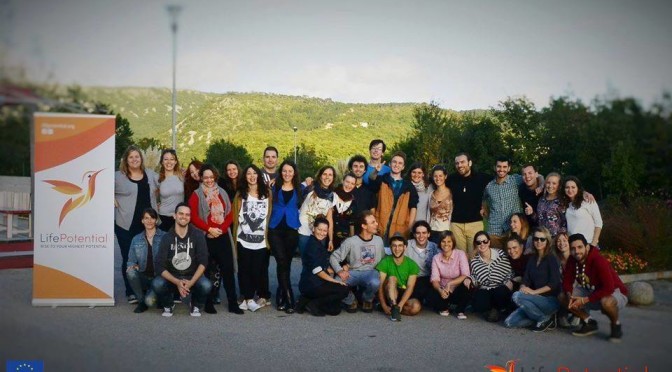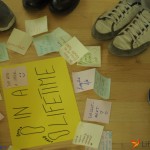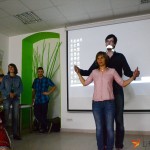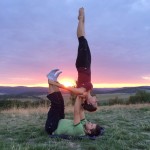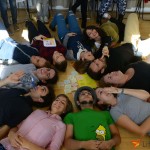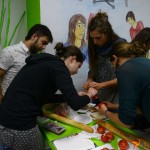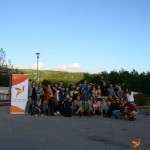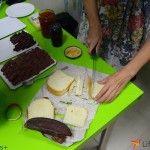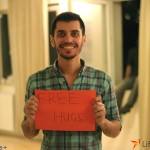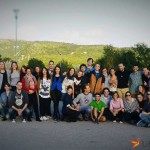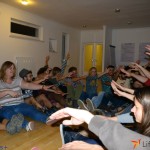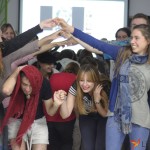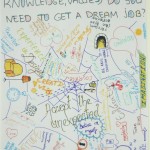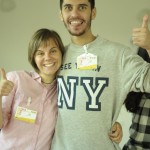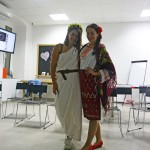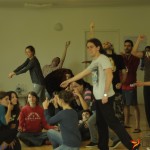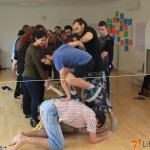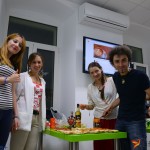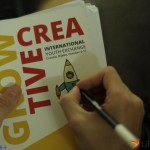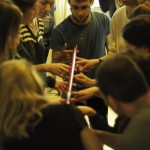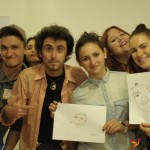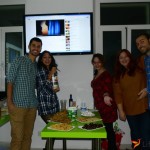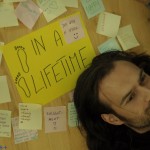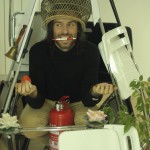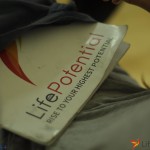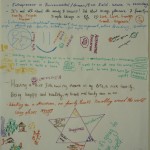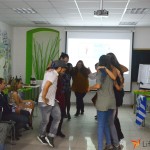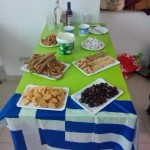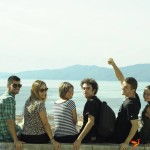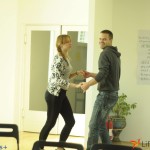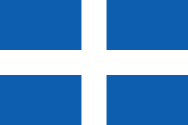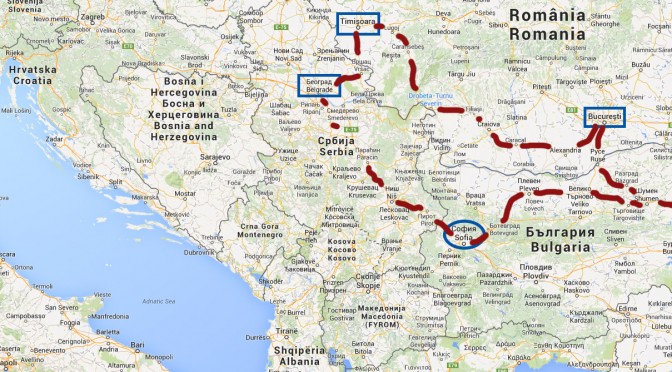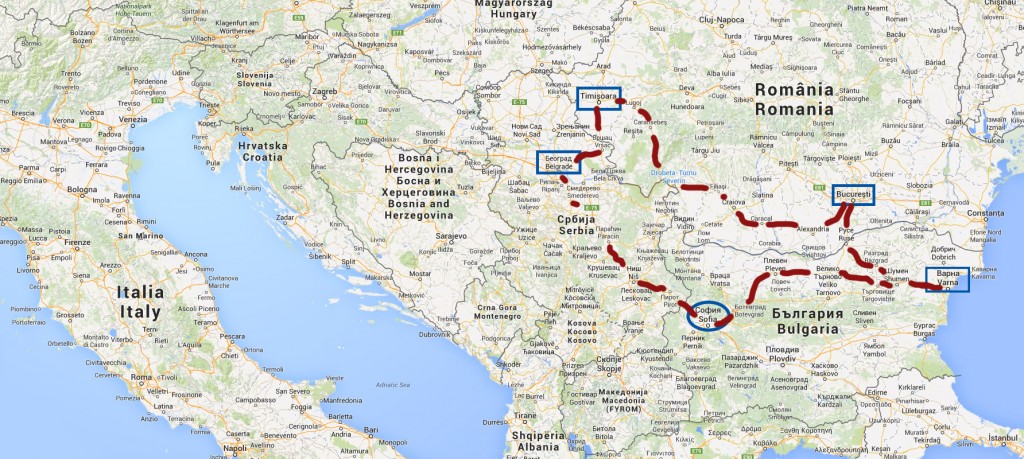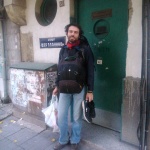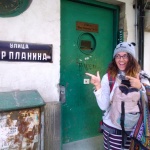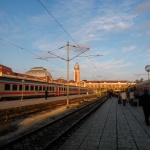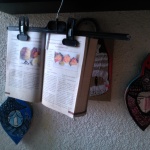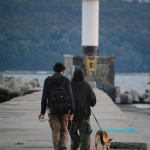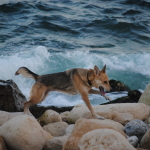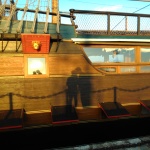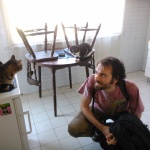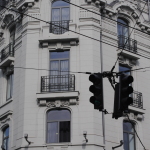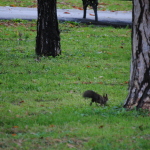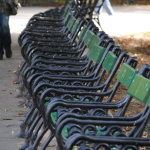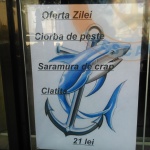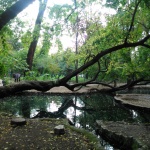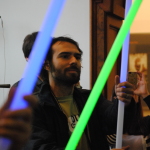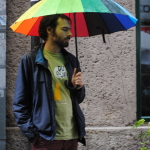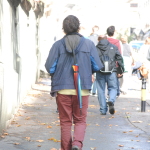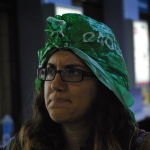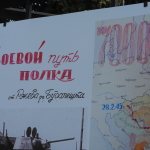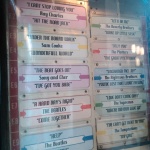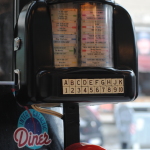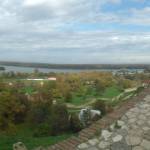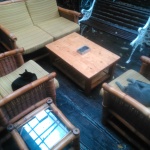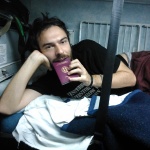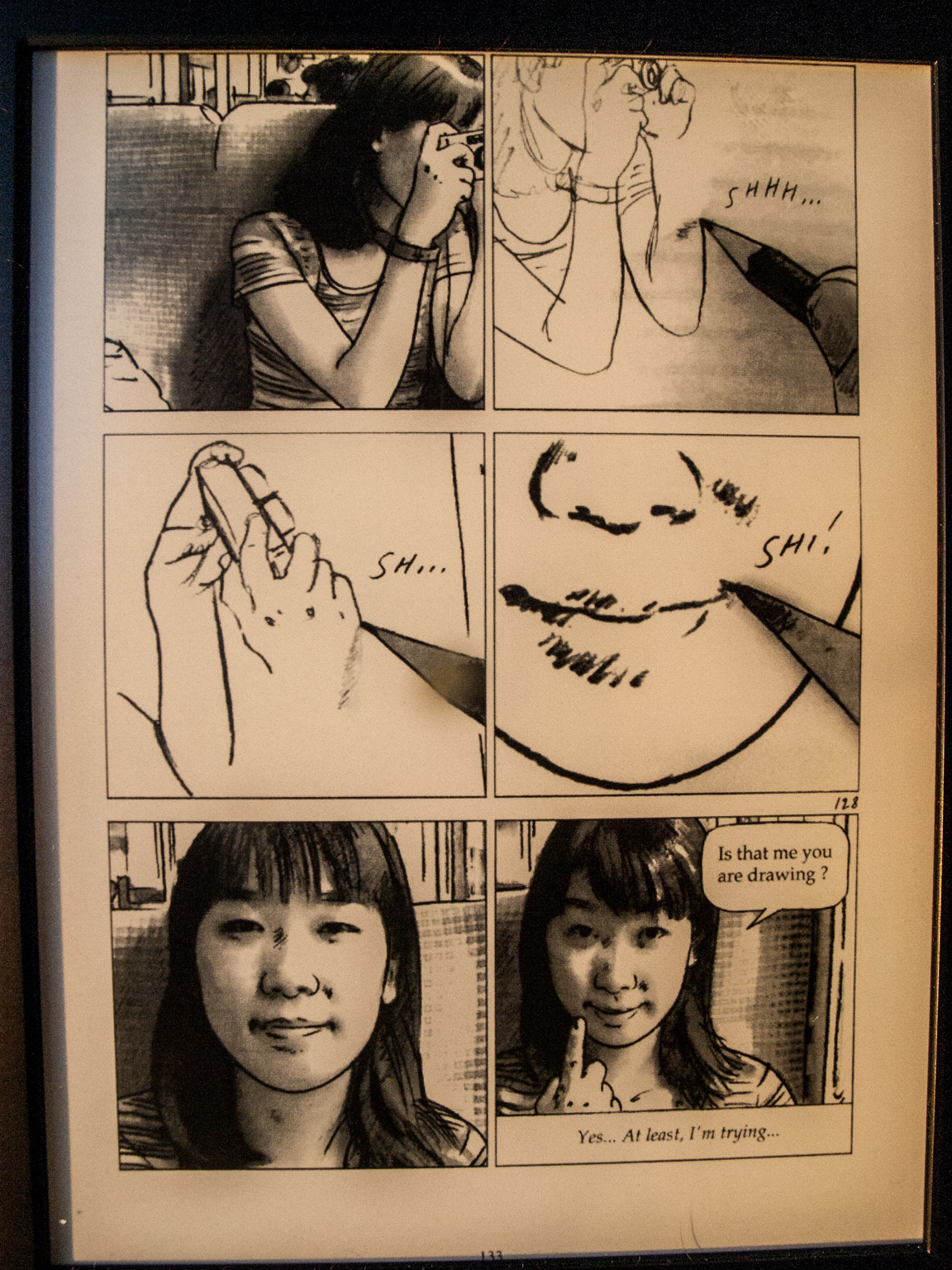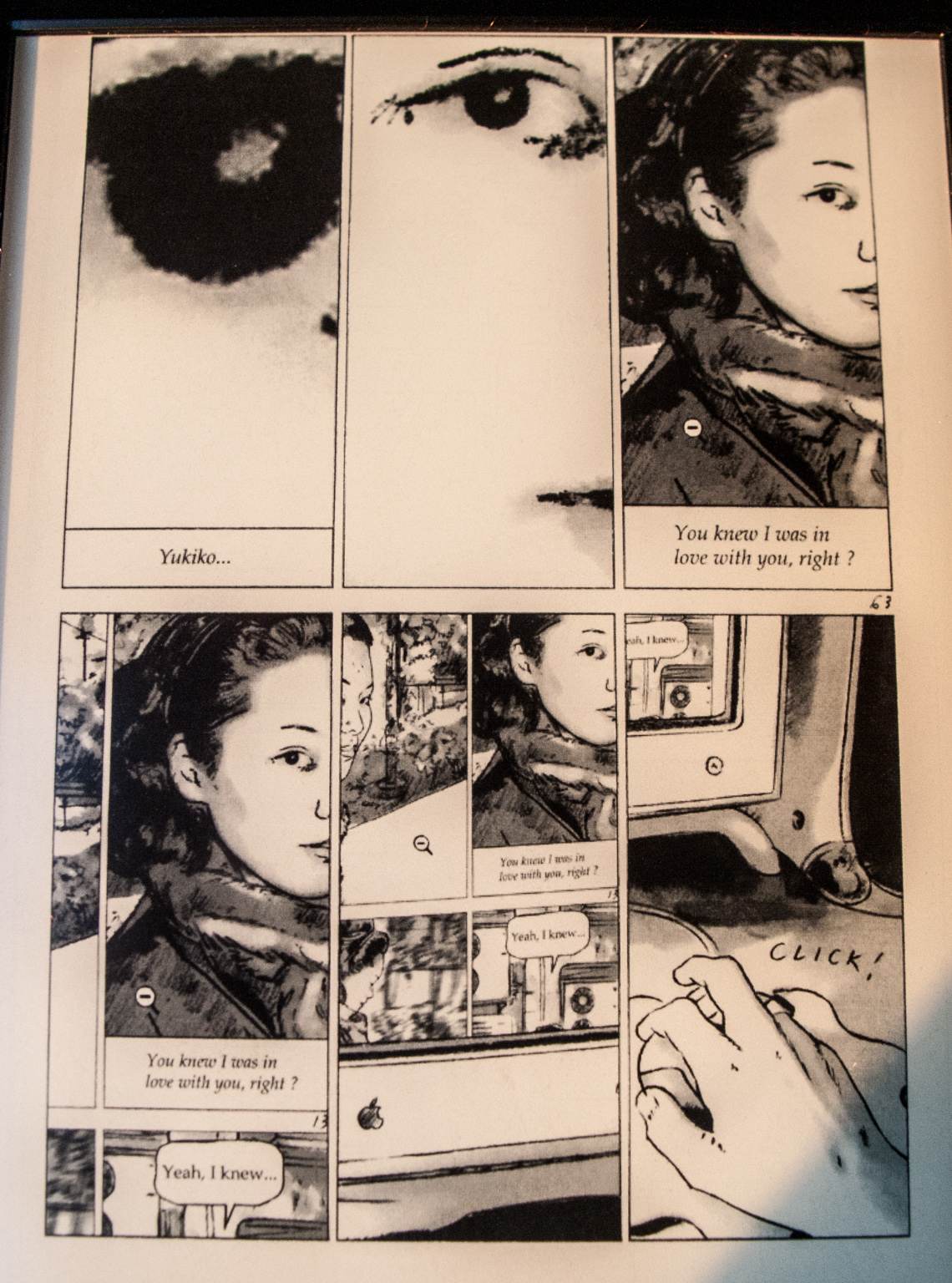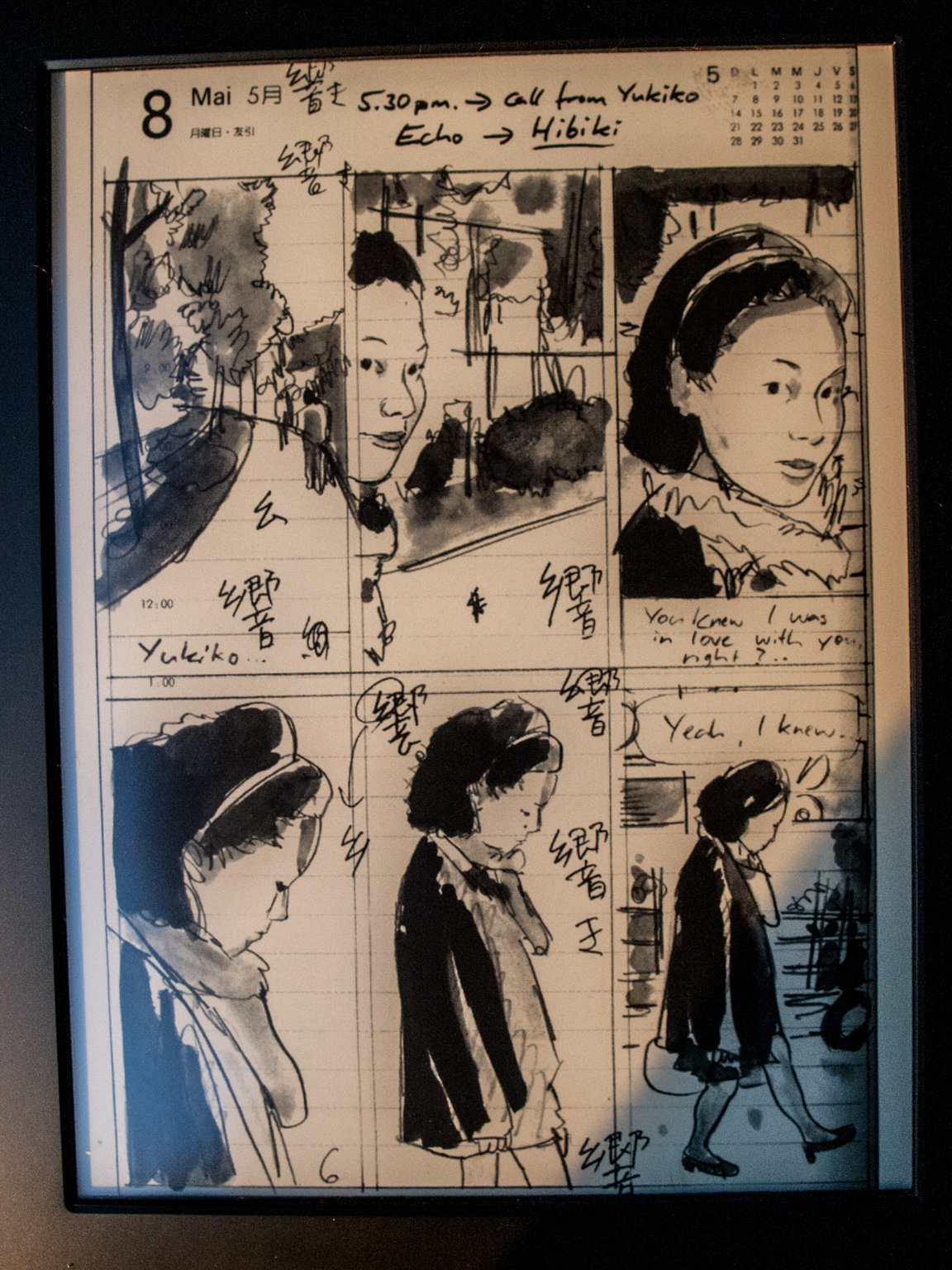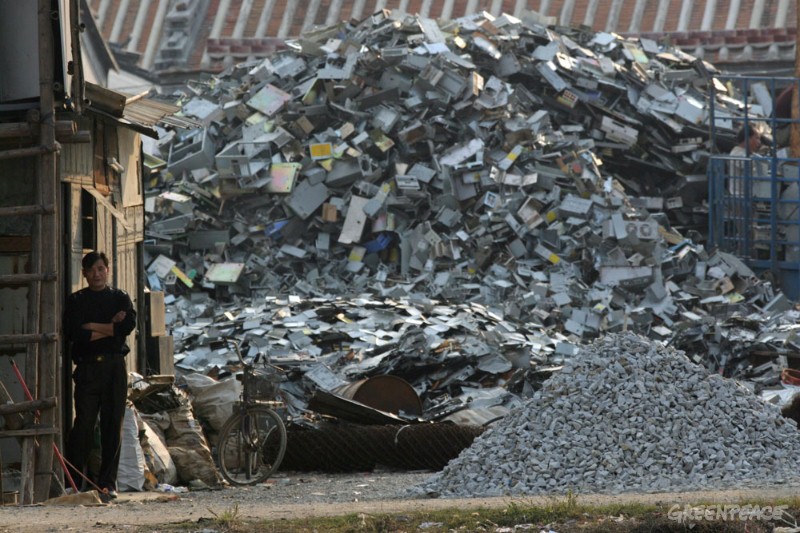Tag: bulgaria
GROW CREATIVE YOUTH EXCHANGE 6TH-17TH OCTOBER, RIJEKA, CROATIA
Once again, I feel so relieved someone else did the more descriptive, general write-up for me. *dons sunglasses, throws self in hammock set up between chestnut trees*
It happened! Grow Creative in Rijeka
The youth exchange we were preparing and waiting so much took place in Rijeka on 6-17 October. 30 young curious and talented people from Croatia, Bulgaria, Czech Republic, Greece, and Spain came to learn, act and have fun. And they did it!
The aim of Grow Creative is to empower young people to be successful and creative, to find their dream jobs. The participants went deep inside to discover their inspirations and values, and they flew high to share their dreams and plans for the future. They worked hard morning through evening to enhance their problem-solving and communication skills, and even tried themselves as entrepreneurs.
Many things were happening every day. We learned some NLP and coaching tools, and had many interactive presentations and discussions.We played different roles,and had new exercises and energizers every day.Many activities were created and led by the participants. Thank you for sharing your experiences with us!
We used many different ways of communication, mingling and cooperation. Our mutual understanding and unity reached ones of its highest peaks during the cultural evening. Each country presented the best of its culture: artistic performances, traditional dances, national habits,and delicious cuisine. And we saw creativity boosting! Altogether it made the event so intense, exciting and remarkable.
All these 11 days Dharma Hostel was our home, sweet home. It provided us with beautiful Adriatic Sea view, comfortable rooms, vegetarian food, yoga classes in the morning, and very friendly and hospitable staff.
We also went out to explore Rijeka, and it was a lot of fun with some unexpected discoveries and surprises.
Sometimes the things were not easy, and we needed support of each other. Sometimes we went out of our comfort zones, but always came back to our Cozy Area. And eventually team work proved that everything is possible, we got impressive results and had a great time together!
Thank you to all the participants for making this exchange so special and inspirational. We hope to see you again and wish you beautiful adventures ahead.
And here we go, ready to take off with new projects and ideas!
My remarks:
Everybody set challenges for themselves during the training. Mine was “move and function from love, not fear”, inspired/taken/stolen from the phenomenal book I read a few months ago already, Conversations With God
All in all, I found this exchange very motivating and inspirational. I had the distinct feeling it was just what I needed, the right thing at the right moment together with the right people etc. The Greek team, the Spanish guys, the Czechs, the Croatians and the EVSers working with them, българите…There was a lot of synergy in the group and we bonded faster and stronger than I expected—though this feeling is a typical high you get during youth exchanges and one that unfortunately doesn’t last that long once they’re over. I’m still trying to figure out whether that feeling is artificial compared to “normal” intimacy with people. Maybe it’s just our society and way of life that have taken so much out of plain old human connection.
Anyway, I felt great clarity when I was envisioning my future and describing my present situation, my place in life and where I wanted to be. I felt amazingly relaxed letting out the words but not caring whether they would come to pass, or even if anybody would understand; I realised that whatever happens will be right, if only I focus on what I want my life’s meaning to be, so to myself as to the people I meet on the way. No, scratch that actually. No matter what you do, no matter what happens, everything will be alright. Including, I don’t know, the destruction of the Earth itself.
Writing these lines brought Man’s Search for Meaning to mind…
One such moment of touching core meaning was was when I gave a half-hour workshop on the Enneagram to the group and it went super smoothly. Almost nobody had heard of it before, and it resonated with a greater part of the group than I had expected. It felt right and in fact I received positive reinforcement in everything I attempted to do differently, as related to coaching (a big point of focus of Grow Creative in general) and working with people.
The feedback I get during exchanges is so different from what I’m used to hearing in “everyday life” that I must admit I find it addictive, scary and thought-provoking in equal degrees. Many people in Grow Creative found me and what I had to bring to the team—the Enneagram, the games, my honest sharing, my attempts to be an active listener and competent talker—“inspiring.” I was just making a point to be moving from love, not fear. And it made everything so much easier, so much prettier. Opening up and, as cliché as it sounds, letting go—that is, letting go of who you want others to think you are—felt good in a very pure sense.
That said, I can’t recall the last time anybody in Greece called me inspiring. Apparently, I project quite different personalities to the people I’ve known for a long time, who have certain expectations of me, and to those I’ve just met. Quite contrary to what used to be the case, I’ve become much more eager to meet and get to know new people, and find it increasingly harder keeping up with older friends, acquaintances, relatives… I like to think it’s because of expectations and that it’s impossible to make everyone happy, in other words, “best just to avoid having to deal with expectations entirely”... But could it be another sign of my underlying need for infinite novelty? Well, in Grow Creative, for the first time in a long while, I felt as if I took the first step in getting over that too. But maybe not, either, and it’s not very important, really.
A big thanks to the Life Potential team who scored big with their first exchange.
In the vain of Kwa Nhingirikiri (totally had to double-take on that), Timing, Happy…
EL OTRO PAÍS CON RAYAS AZULES Y BLANCAS EN LA BANDERA
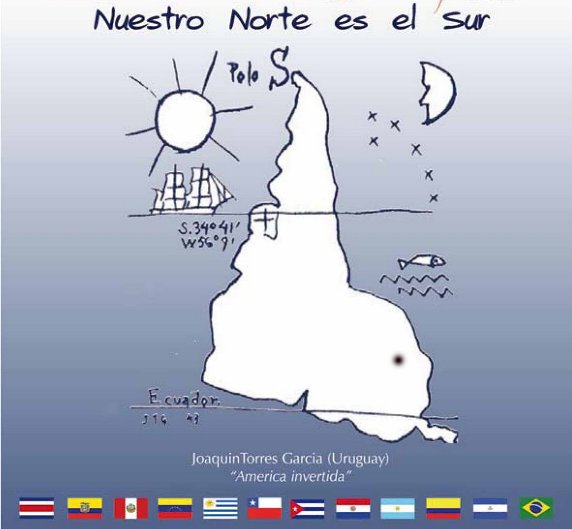
I was in Uruguay from April 14th to 27th!
It was my first time to cross the Atlantic, indeed the farthest I’d been from home since my last time in Australia in 2002.
What took me to the second-smallest country in South America was yet another you-only-pay-30%-of-travel-costs European youth project. This one’s called Grassroots Youth Democracy. In it, youth from Greece, Italy, Ecuador, Uruguay, India and Mauritius will participate in joint research on the water context of each participating country, which in turn will culminate in a media product and relevant campaign to raise awareness on the issue of water as a basic human right and common good.
Grassroots Youth Democracy is separated in phases and will take most of our time for the rest of 2015. Phase 1, which was the purpose of the trip I just came back from, was a week-long seminar on water rights in general. Participants had the chance to make presentations of what the water context in their specific countries is, and we also made a first draft of the plan we’re going to use for organising this international campaign between ourselves: who’s gonna do what, what our research methodology will be, what we’re going to with the data etc. After all, co-ordinating a local team can be hard; one strewn across four different continents? Yeah.
Phase 2 will take place in May in Rome and will consist of a media seminar: teaching the participants how to use a camera, do interviews, edit videos, update a website and such things I have the skills to help with. Thank you, University of the Aegean!
Phase 3, which will start right after Rome and last until mid-July, will have the participants from the extra-EU countries come to Greece or Italy and do a field research on the water situation in the respective country, that is collect data for articles, videos and other material to be used in the campaign. There will be interviews with NGOs, analysing stats and delving into the unique water-specific problems of that country. In Greece, for example, the participants will look into what happened with EYATH and its privatisation and how it was avoided by the resistance of the civil society through the 2014 unofficial referendum. They will also research the problem of the lack of drinking water in some Greek islands, such as Aegina, and the sometimes even more problematic solutions corrupted authorities have come up with to alleviate the situation. These are just some examples.
Phase 4 will start right after Phase 3 and last until September. Basically it will be like Phase 3, only the other way around: the Italians and the Greeks, of which there’s four of each, will do the same kind of field research in pairs in Uruguay, Ecuador, Mauritius and India. This is when I’m going back to Uruguay for two months, during the southern heart of winter! No Greek summer for me this year.
After all the above, we’ll collect all the data we’ll have got and make something out of it: a small book, an online database, a documentary, a social media assault… a little bit of everything. This will be our awareness campaign (and I hope it will end up a little bit more exciting than I’m afraid I’m making it sound here.) There will be a final conference/presentation of results but not a lot is known about it yet.
To be perfectly honest, Phase 1 in Montevideo, the one that just finished, needed more outdoors activities. The presentations and material discussed on water issues were interesting and our team-building was successful, but after a certain point I found it hard to concentrate on Powerpoint after Powerpoint and group brain-storming activity after group brain-storming activity. Being in the same room for hours on end with little chance of going out in the warm Autumn sun apart from during the short coffee breaks and the lunch (which was admittedly DELICIOUS and very vegetarian-friendly—THANK YOU CRAZY MARIO, cook of La Fonda!) made it much worse. During the first few days we saw practically zero of the city and at the end of each session I felt much more exhausted than I believe I should have.
No matter. In the end it was a valuable getting-to-know-you with the team and we did some important work. We will just have to work hard from here on out.
…what? You want to read about Montevideo and Uruguay, NOT the seminar? What are you, crazy?!
OK, get this: Uruguay is an extremely interesting country, given its small size and low importance on the grand scale of things. Sorry, let me rephrase that, because everything that’s ever taken place on this planet is of extremely low importance on the grand scale of things—low importance as far as human societies go; countries, politics… you know, that sort of thing. I mean, what do you know about Uruguay?
What I knew was that the country’s (now ex-) president donated 90% of his salary to charity and generally lived super simply, and that recently they legalised marijuana. That’s pretty much everything /r/worldnews would let through the filter. Ahem…
Let me tell you: both of these things are true.
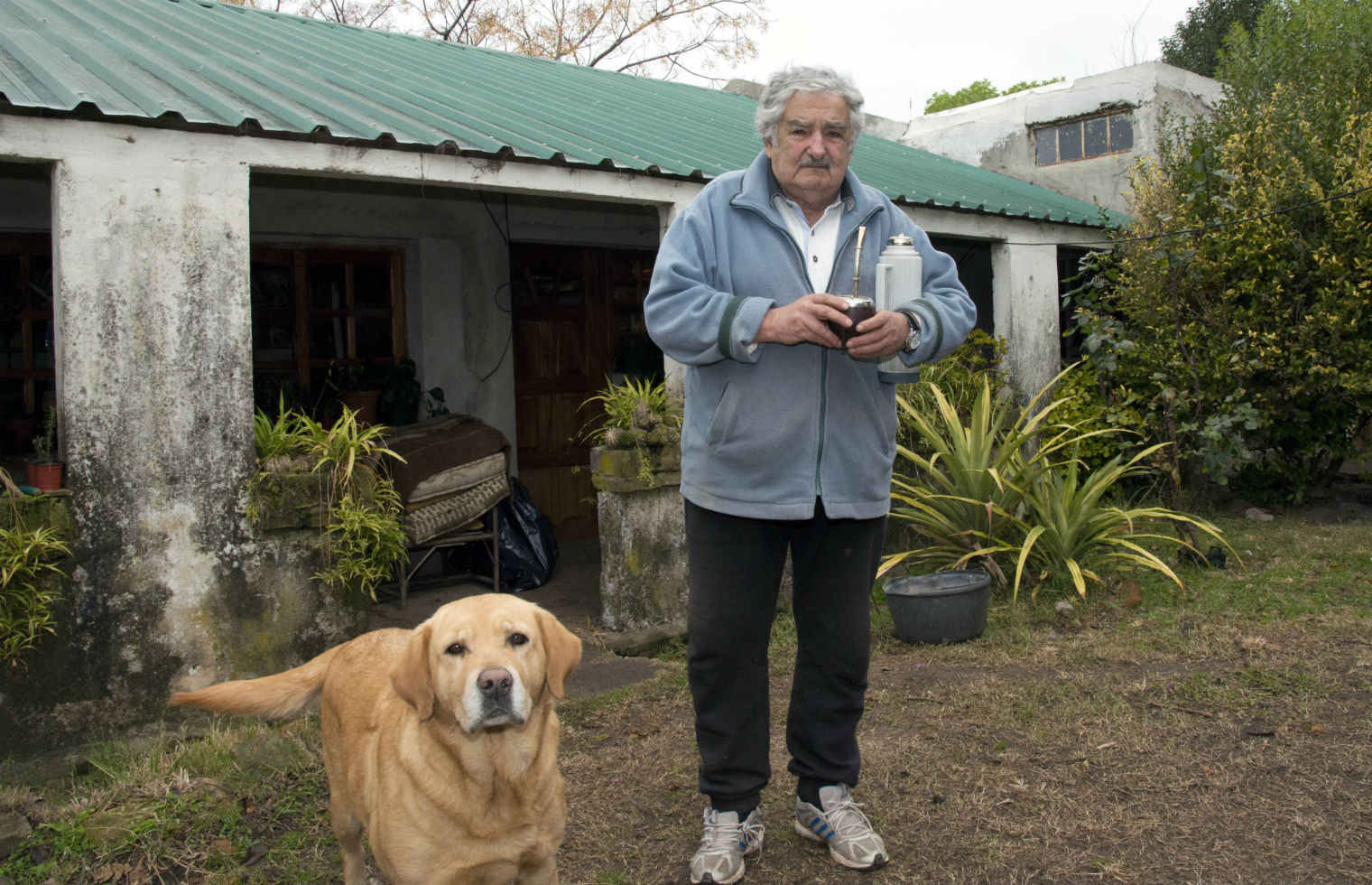
José “Pepe” Mujica is seen as a bit of a populist in Uruguay itself, but here are eight reasons why he should be missed by the rest of us, according to The Independent:
1. He donated 90% of his salary to charity.
2. And lived on a farm.
3. He drives a 1987 VW Beetle.
4. And picks up hitch-hikers.
5. He legalised marijuana.
6. He leaves the economy in rude health.
7. He’s just not like other politicians
8. And all that after being shot six times and being put in jail for 14 years for opposing the country’s former dictatorship.
Have a look at the article for a few more details, it’s worth it. What are the chances a guy like this could ever be the leader of your country?

Now, that other thing. “You know that in Uruguay marijuana was recently legalised, don’t you?”, said one of the Uruguayan participants to me before I could even ask her anything about it. “Everybody does it here. Even ten years ago people in suits would light one up after work. The thing is, you can’t go somewhere to buy it. Not like that. You have to be a resident and a member of a marijuana club if you want to purchase it. But many people have a little plant or two at home and will soon offer you some!”
I suppose the above is true for young people, but who knows? It didn’t seem to me that marijuana use was 100% socially accepted in Uruguay, there must be some controversy remaining, but it looked close to it. I say they have the right idea. There really is zero reason marijuana should be as illegal as it is in such big part of the world. Zero. Addiction-related issues, whenever they arise, should be treated medically and psychologically, similar to the way alcoholism is treated, not be a matter of concern for law enforcement. This system has already been adopted in a lot of countries. Have a look at this map caught from the wikipedia article on the legality of cannabis around the world:
But there’s a bit more to Uruguay than that.
What does this flag remind you of? They have the same number of stripes, too. Want another fun fact that goes with the similarity between the flags? Both Uruguay and Greece were de facto created in 1828. But, as I learned recently, the Greek flag as we know it now was standardised during the military dictatorship. Before that it used to be simply this:
This was the state flag and the one we use now was the merchant and national flag, before the former was abolished completely.
Back to the other country with blue and white stripes on its flag.
Uruguay’s name comes from the river forming the natural border between it and Argentina. It is the indigenous Guaraní language for “the river where the painted birds live.” Beautiful image, isn’t it? It flows out into the that bay to the left of the map, the famous Río de la Plata — the river plate. It’s a hallmark and a point of reference for both Argentina and Uruguay. Some consider this formation more of a river delta than a bay, but really it’s somewhere in between: in Montevideo and even as far out as Punta del Este, the water is much less salty than normal. There’s no clear point where the río ends and the sea starts. Truly a unique formation.
Next: a brief overview of the country in video form. This video was funded by the Uruguayan Ministry of Tourism. I’m serious.
Uruguay es el mejor país: Uruguay is the best country. A semiotically complete touristic message if I ever saw one. We should try something like that back home.
In fact, there’s plenty of other policy “novelties” this country has going for it we should be trying out in Greece. Barring the relatively high cost of living, the not-too-great wages and the kind of plain landscapes (heh), in a few ways it really is one of the best countries out there. For a start, they have managed to stave off privatisation of their public sector almost completely, only selling off their mobile phone operators. Water itself has become a constitutionally-reserved state-managed human right since a relevant referendum was conducted in 2004. That’s impressive no matter what way you look at it. In addition, same-sex marriage has been legal for two years.
All the above together puts most of the “progressive world” to shame, let alone our backwards little country called Greece. Then again, Uruguay is a secular society, in stark contrast to our country where the embarrassingly rich church is still constitutionally connected to the state, which, just to remind you, means that Orthodox Christianity is taught at schools, priests are paid with our hard-earned IMF and European loan money (and pay no tax in return) and the country is still, for all intents and purposes, exclusively Orthodox. I won’t get started with nationalism and Greek superiority/inferiority complexes…
Tell me, how many people would you imagine enjoy the benefits of living in this little country? It’s whole population is barely that of Athens at ~3.5 million people, with roughly half of that concentrated in Montevideo. This bit surprised me, because I’ve always thought of South America as the land of mega cities. To illustrate, nearby Buenos Aires has a metro population of almost 4 times that of Uruguay as a whole, and Sao Paulo, which isn’t such a long way away either, is close to 6 times that.
For its modest count of human residents, this small country is the holder of a different record: it has the most cattle-per-capita ratio in the world: there are roughly 3.59 Uruguayan cows for each Uruguayan person. Impressive as that may be, note that this number still collectively accounts for just ~1% of global bovine populations.
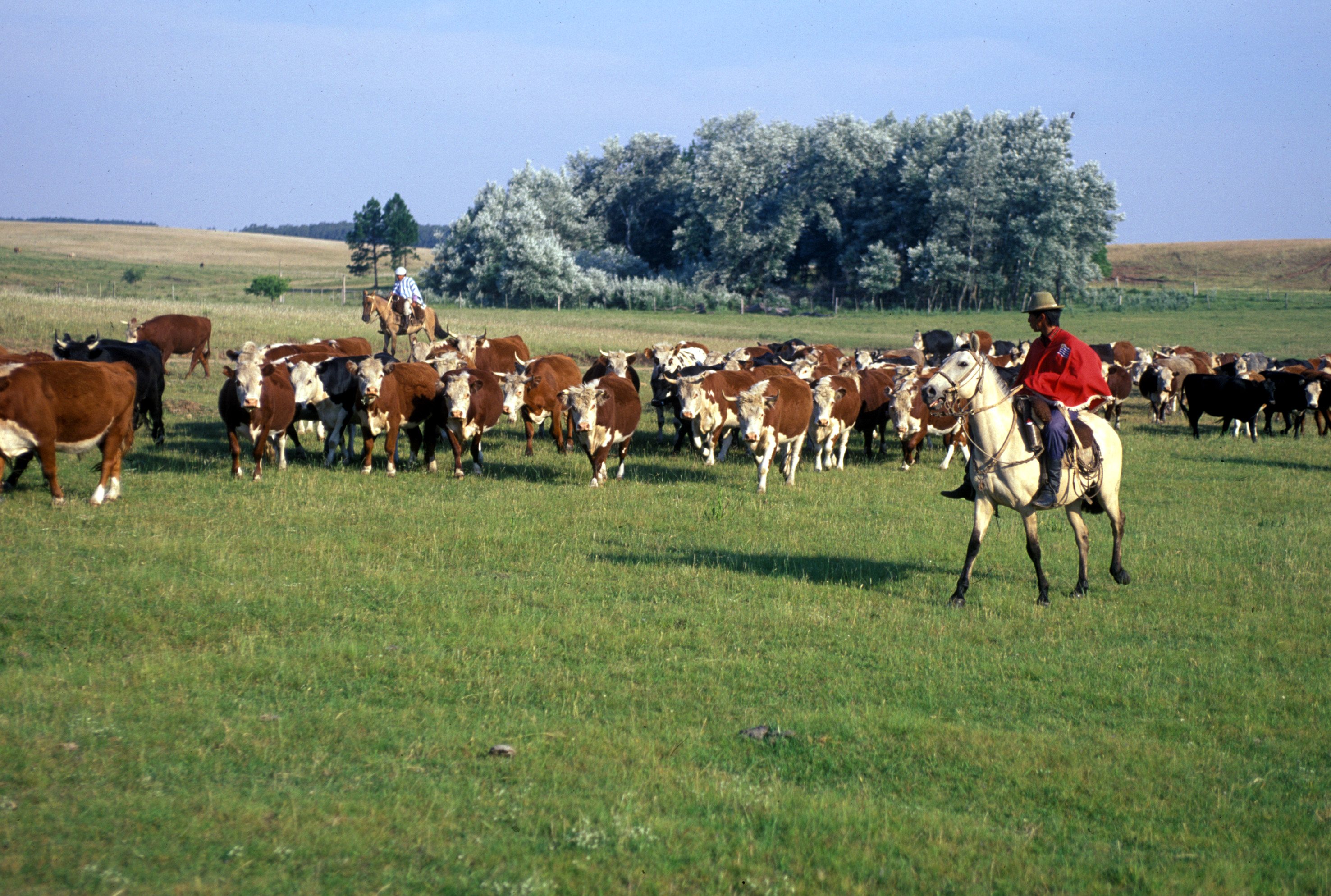
With so much mooing going on, you’d think the guys would have some decent yogurt. Nope… Even the “integral” yogurt, the one most similar to consistency to the ones we enjoy in Greece, contained sugar. This reminded me of Bulgaria, which most Bulgarians claim to have fantastic yogurt—supposedly very successful and sought after in South Korea. Needless to say, this legendary Bulgarian dairy product is nowhere to be found, or perhaps I tried it and just couldn’t tell the difference. What can I say, years of straggisto are bound to leave a mark.
Not all Uruguayan products are shoddy, though. Far from it. Mate (pronounced máte) is for Uruguayans what frappé is for Greeks, or, according to some Greeks, what it used to be, as freddo espressos have become more popular. Mate is an invigorating hot drink, like coffee or tea, ideally shared among a circle of friends. People drink it in wooden cups that slightly look like coconut shells but are made of gourd (or calabash). In it they drink the mate herb tea, which they infuse with hot water poured from a thermos and refill many times. It is drunk with a metal straw-like instrument called a bombilla (pronounced bombisha in Rioplatense Spanish). In the video below you can see an English speaker preparing mate.
I think I’ve written enough for now. I congratulate you if you made it this far! Here are some pictures for your viewing pleasure, half of which are taken by me and the others by Martina.
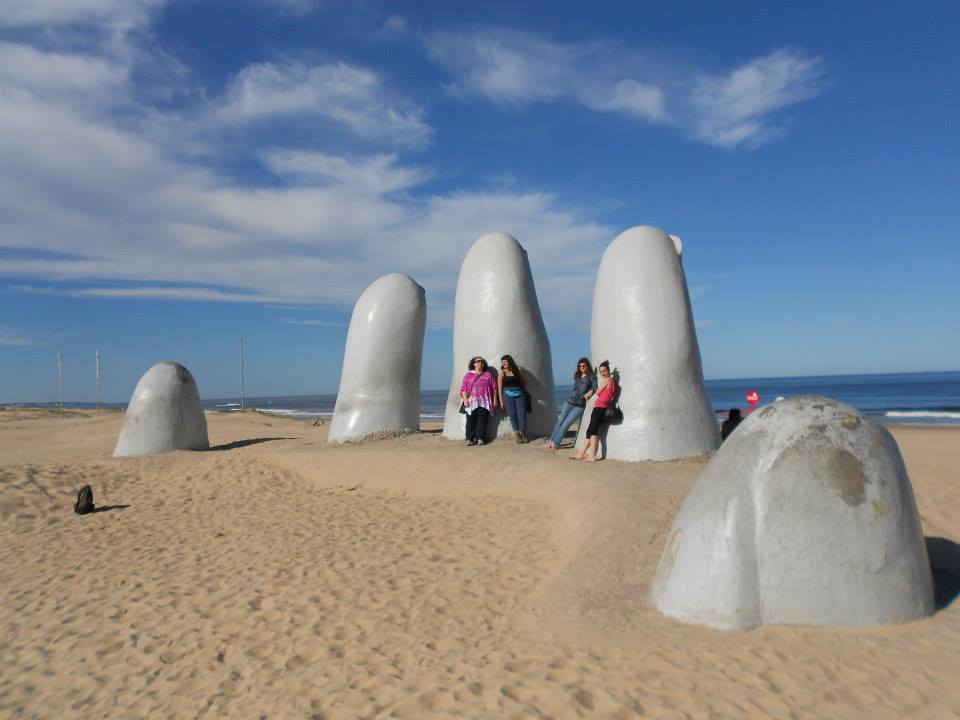
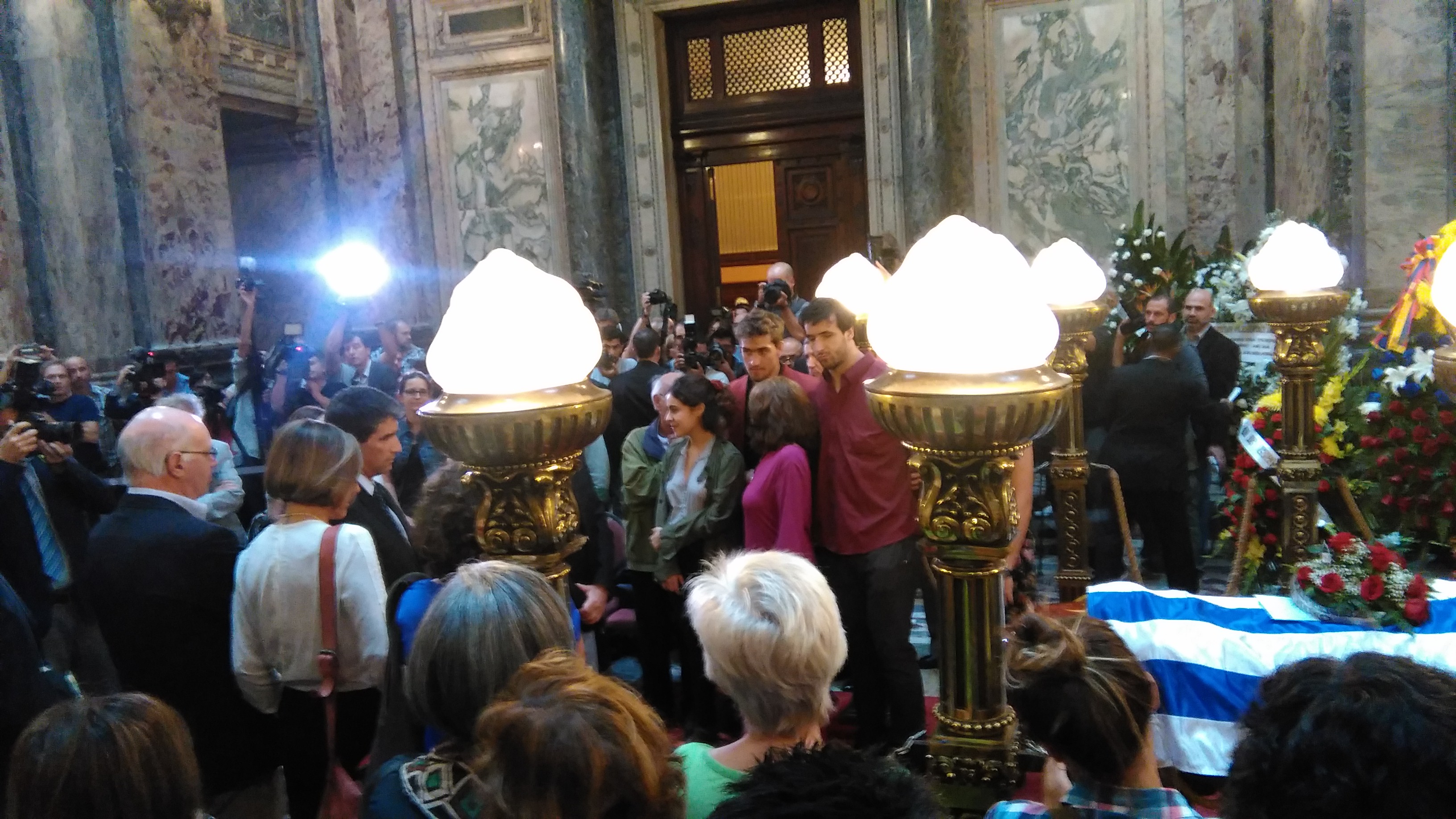

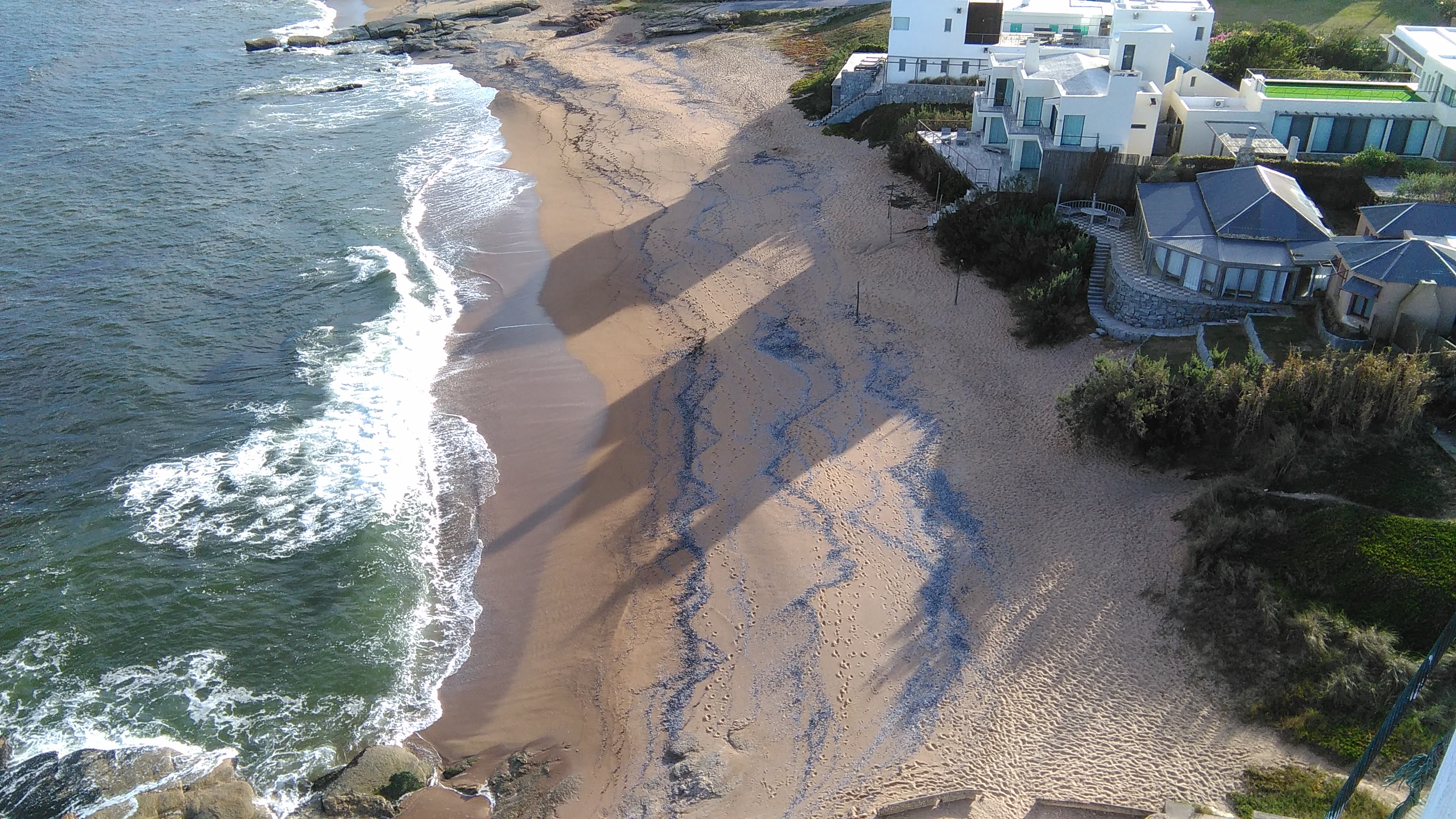

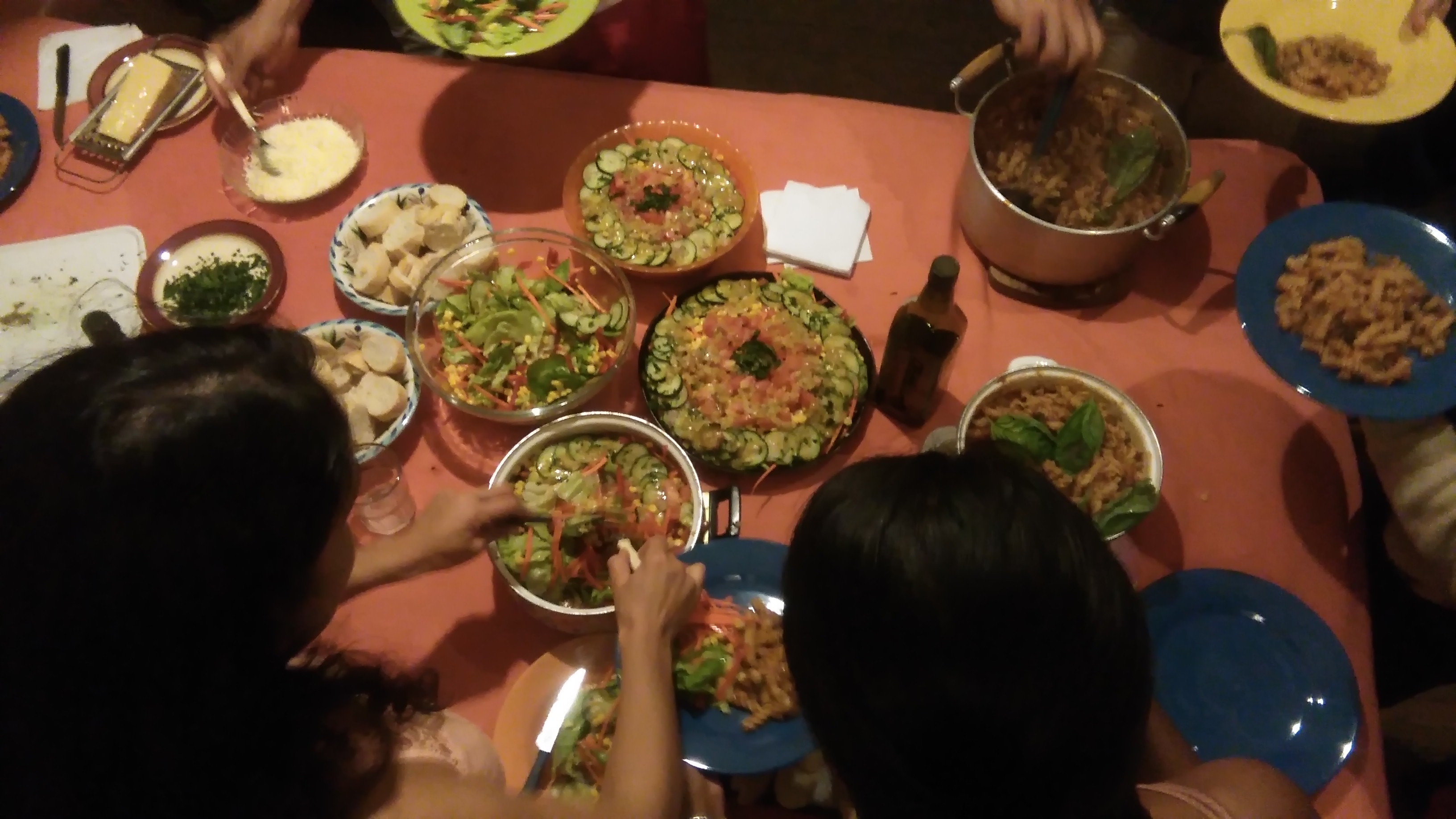
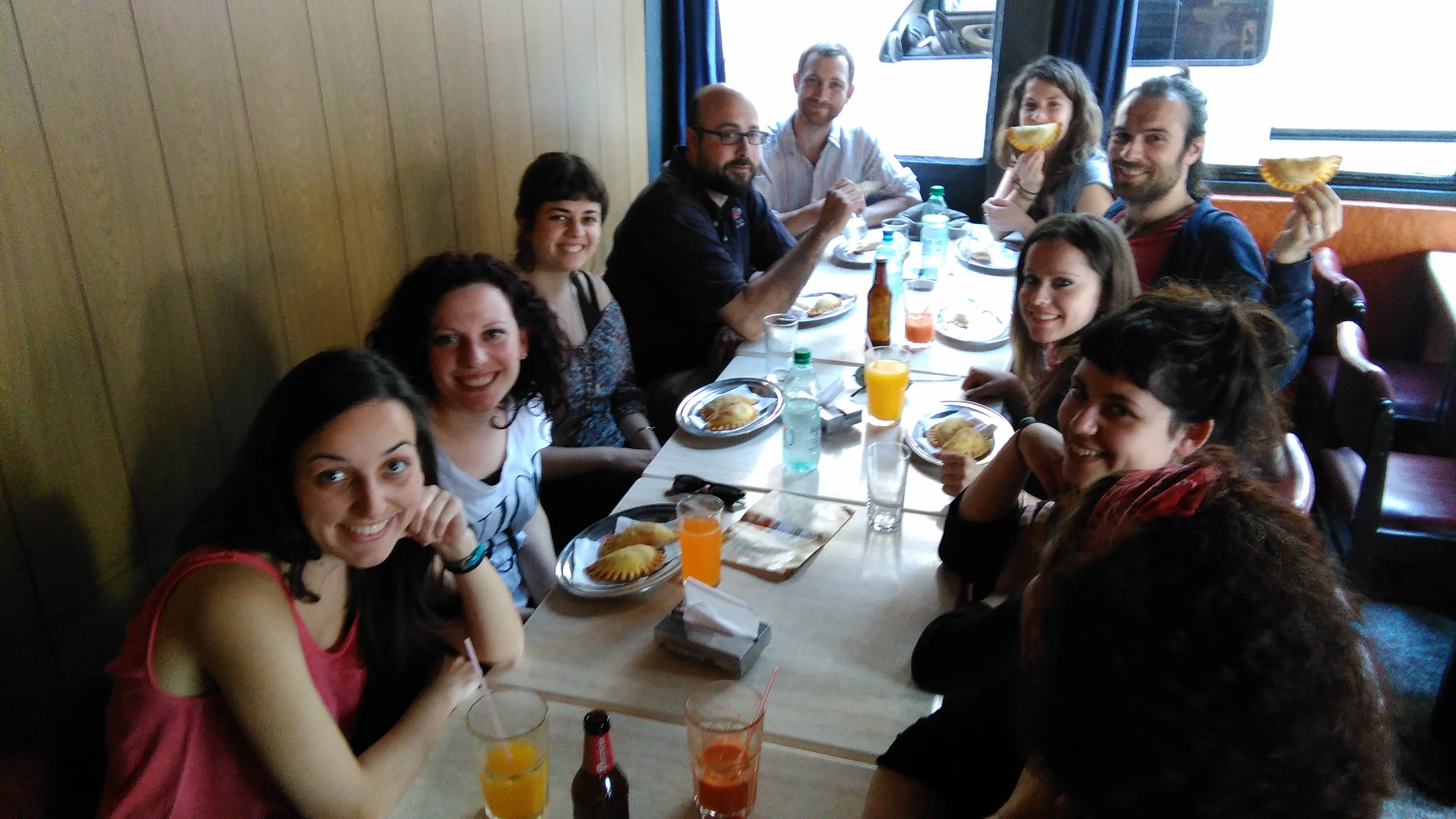
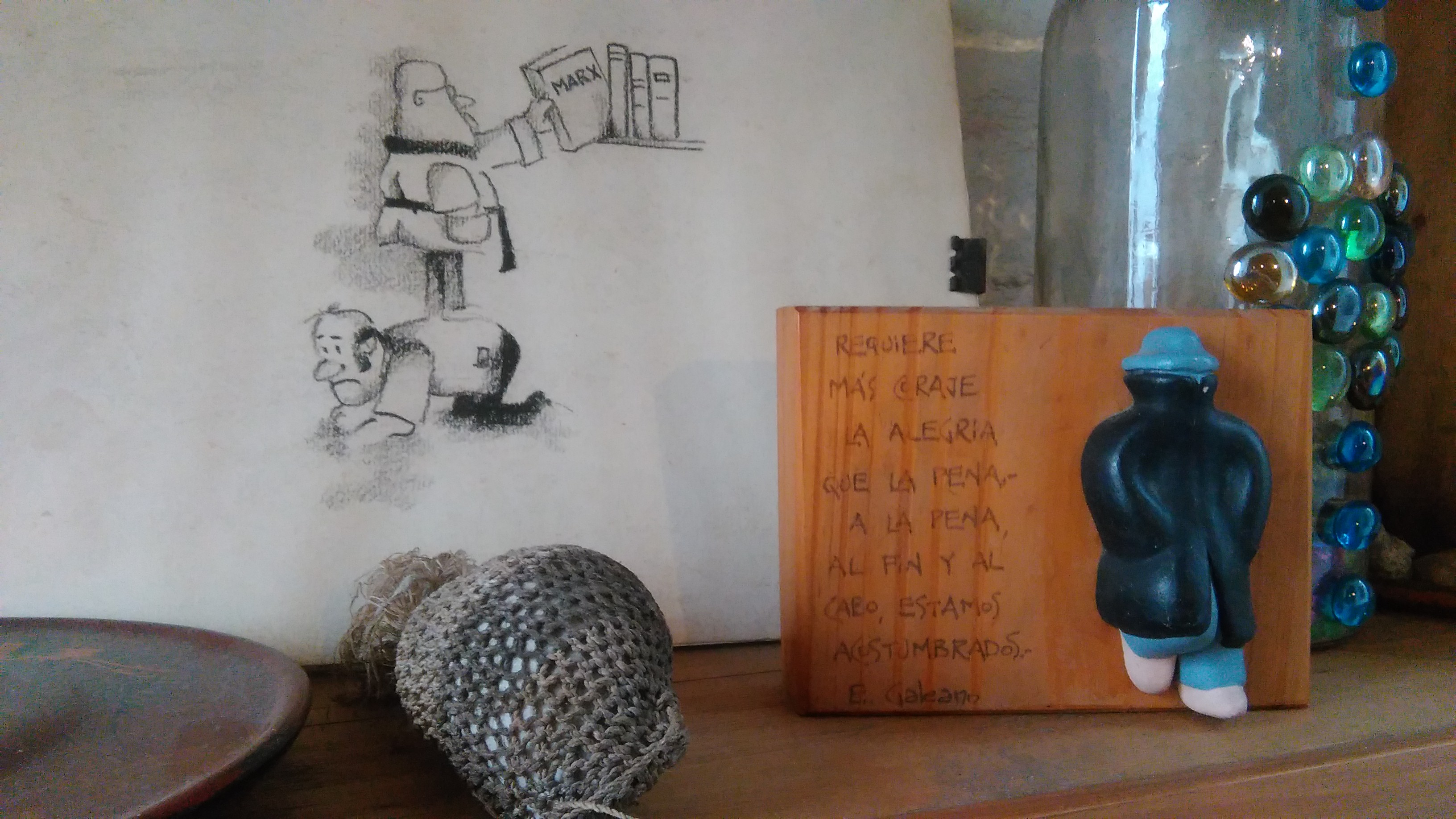
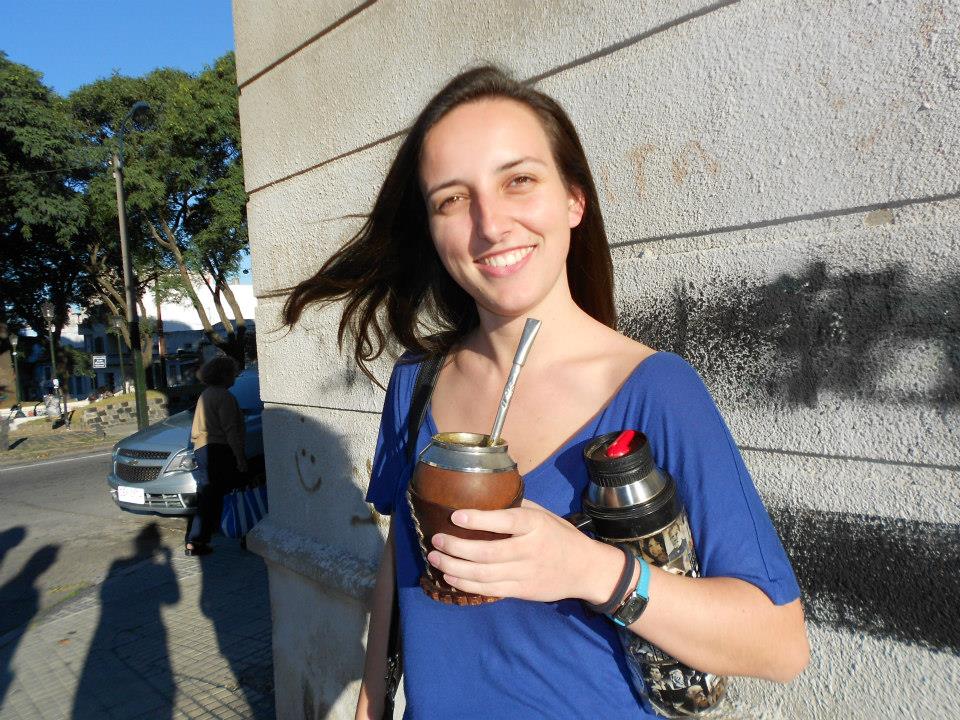
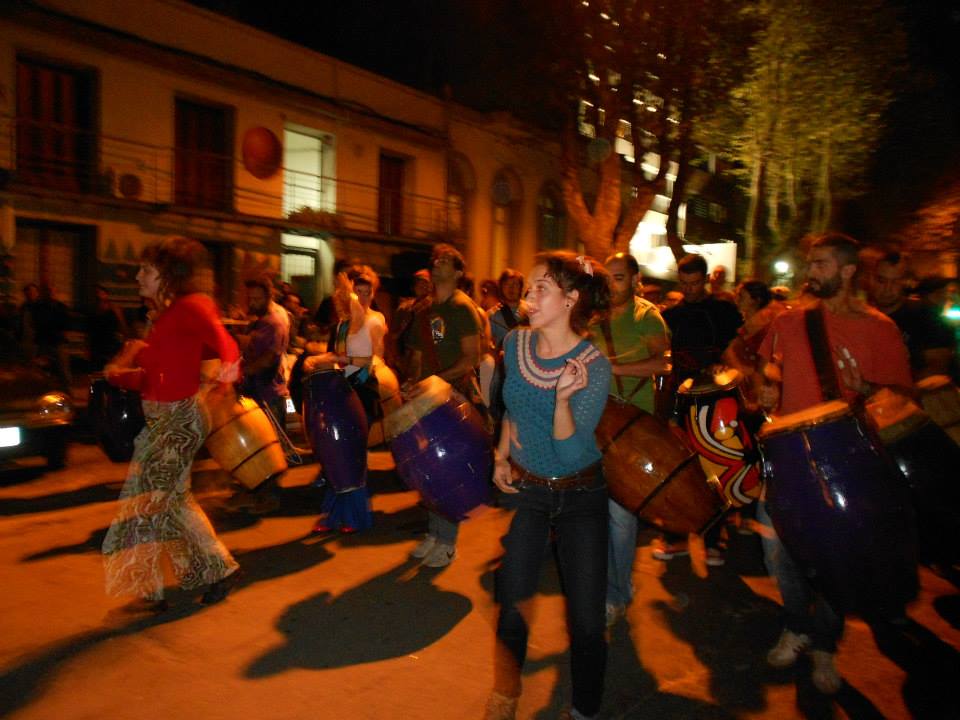
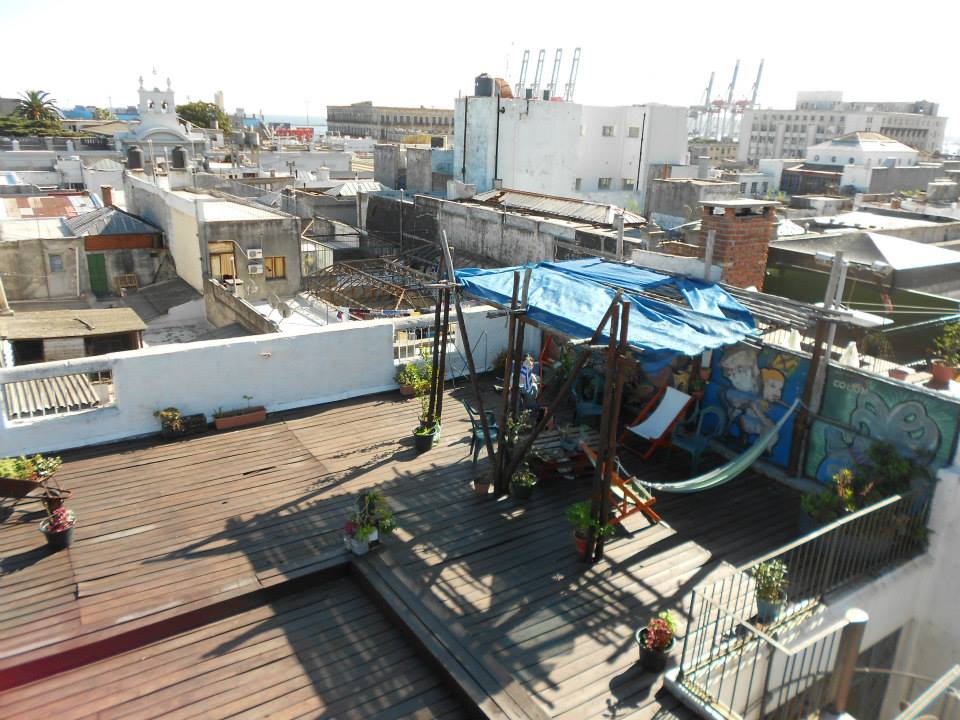
For dessert:
There is a Milonga at the centre of Montevideo, a public place where people of all ages meet a few times per week to dance and learn Tango.
The song below can be heard most evening at the Milonga and, as I was told, features in the playlists of most tango meetings. It’s called the “Greek tango.” I’m sure you know it.
FREE LIGHT
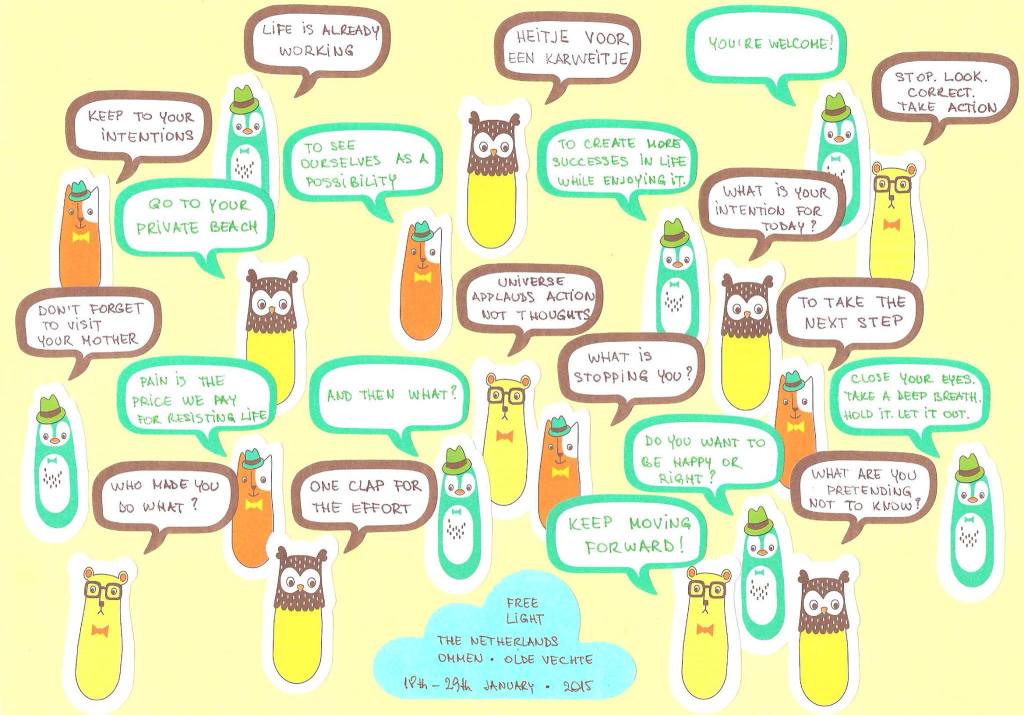
This picture is a little token and memento of what took place in Olde Vechte in The Netherlands the past few weeks. That Olde Vechte. It’s become out of the blue a significant part of my life and if all goes well it’s going to become more important still in the months to come.
I’m posting this here because somehow everything I put on here gets reinforced in my head, it becomes more tangible. It works. Synapses and shit (I haven’t taken advantage of this enough, by the way—never too late to start).
People and how we work are weird… no no no. Sorry. I do this a lot: I talk about the general we when I mean to talk about myself and what I do. Let’s try this again: I’m weird. Remember, gotta accept accountability.
So I’m writing this post purely for my own benefit and not because I think it might be interesting to anybody apart from those with whom I shared the experience—kinda similar to how you post songs on Facebook and the only people who like your post are the people who already know and like the song and very few others actually listen to it, usually people who have a crush on you. That’s how talking and writing about youth exchanges and trainings is, including EVS, including Erasmus, all those sexy international things that have been taking a great deal of my time and energy the past few years. The feelings they have created in me are difficult to convey, offline as well as online, so I’m not going to go into the boring details of a purely experiential thing that’s as useful and interesting to read about as listening to people talk about the dreams they had last night. What I am going to say is do yourself a favour and participate in such programs. If you want to learn how, I can help you and direct you, and, who knows, one day even train you.
Sudden spontaneous insightful realisation time. The above paragraph starts with “So I’m writing this post purely for my own benefit” and ends with me urging you dear reader to give it a shot. What can I say, contradicting myself seems to be my new favourite hobby.
Scratch that, it’s not new at all.
Since I’m writing this, have a look at some of my older, more thorough posts about these experiences. Are you intrigued by what you read? Honest question. I’m really curious, because in real life most people express indifference when I talk about these projects. This might explain why I felt the need to write the way I wrote this post.
I SEE GREEN (1st time in Olde Vechte)
HETEROTOPIE (France)
Creative Photography in the Finnish Wilderness
Danish Diaries
EVS in Sofia
2014’S END
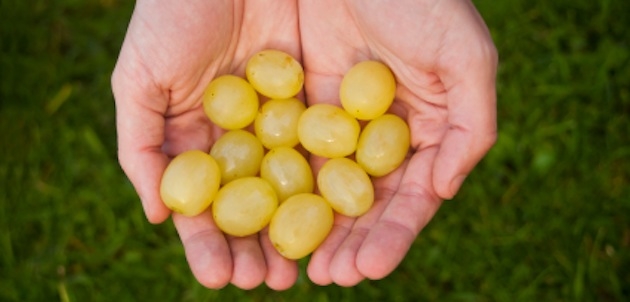
Last year, I was preparing myself for leaving Greece for Bulgaria. For nine months at least.
Bulgaria happened. It really did, and it was nice.
Other things happened too and they, too, were nice. But lately I’ve been quite forgetful for some reason, so I wouldn’t be able to tell you what they were from the top of my head. Nothing I did alone, for sure. Scratch that. Travelling. Learning. Participating. Doing things like 7×7. Trying to devise ways to combat my demons. Those were the highlights.
Last year, when I was mentally preparing myself for Bulgaria, I had something coming up. Now I have nothing. I’m floating in limbo. I’m the master of my future and its slave, too. For the promises of alternate futures kill the excitement of the now.
Hey, I also wrote something about alternate calendars. Sometime around May. What would you be doing tonight if tonight wasn’t the end of a completely arbitrarily-marked period and the start of a new one full of—mostly false—promise? What if it was just another night?
It is just another night, isn’t it?
Maybe it isn’t. Or maybe it is! Especially if you want to pump out some goals for the year. It’s all in the mind, but that’s not a reason to dismiss the importance of new year’s, since some minds do place importance on things having distinct beginnings and ends. Some other minds are more cyclical in nature, but then that’s what the year is.
What the fuck is this rant? Am I writing things just to sound and feel important just like everyone else with their end-of-year-things is?
I… suppose. What else might the purpose of any such post be?
BALKAN FLEXPRESS
I would’ve called this post simply “Balkan Express” but then there’s another Balkan Express post on this blog already! Maybe you can play the track on repeat while reading this post.
In the beginning of October, Daphne and I got a Balkan Flexipass for travelling around the Balkans as a small end-of-EVS celebration and in order to take advantage of Sofia’s good position for travelling in the Haemus peninsula before leaving, or at least for the time being; it’s “for the time being” cause I’m certain I’m going there again soon, and not just to visit the friends I made there who now chose to stay. There’s something about this country… but that’s for another post coming soon.
Anyway, the Balkan Flexipass is a fantastic way of travelling in the Balkan countries: it’s something like InterRail but it’s only valid for… you guessed it, the Balkan countries, including Greece and Turkey, but not including Croatia for some reason. You can choose five, seven, ten or fifteen days of unlimited train travel within 30 days, which is how long the ticket is valid for. The cheapest 5-day ticket, the one we’d been abusing with Daphne to travel between Bulgaria and Greece last summer, comes for 56€ for youth <26–at which age apparently young people stop being young and no longer deserve discounts.
To reiterate: you can travel from Greece to Bulgaria and back with the five-day ticket twice (if you do it in the same month) and still have a day to spare–all for the price of what you’d normally pay for the bus just one-way. It’s an amazing deal and it’s not well-known, so I would strongly, strongly recommend you check it out. Even if you’re over 26, the price would still be about half of what you’d have to pay for taking the bus.
Note: the above links are for 1st class tickets, unlike the cheap tickets we got which were 2nd class. You can get the cheaper tickets at your country’s rail service’s international offices, e.g. OSE’s office at Sina 6 for Athenians. You can also have a look at this .pdf issued by BDZ (БДЖ, Bulgaria’s rail service) that has the complete price list which is the roughly the same across all countries. Note that the price list is in leva (2lv≃1€). Some useful translations: младеж = youth, възрастен = adult, Сеньор = senior, 2 класа = 2nd class
We set out on October 9th and returned back to Sofia on the 18th. We visited Varna, Bucharest, Timisoara and Belgrade along the way, spending two nights in each city apart from Timisoara, where we only stayed a single night, and another two nights on night trains; out of those seven nights spent in cities, we couchsurfed on four of them (props go to Nikolae and Georgii for their hospitality, thanks guys!) including the night we were hosted by Mela, a Romanian girl we got to meet in November last year in the youth exchange Reduce, Reuse, Recycle in Ommen, Netherlands. It feels so good getting to see people from youth exchanges again… It’s the only way to show that it really isn’t “goodbye”, but rather “see you soon”, the way we reassuringly like to tell ourselves. Still so many people around Europe I’d like to see again as soon as possible…
A small personal observation: nobody’s good at saying goodbyes, but everyone’s comfortable admitting to the fact. Maybe it’s a dying skill, lost in everyone but few in today’s liquid life, like cursive hand-writing or film photography.
I’d like to write a lengthy post about all the things we did and all of our experiences, not least as an opportunity for me to write them down and in this way reinforce my memories of them, but I suppose it would be counter-productive and nobody would read a long essay on my travels. Instead, here’s a small list with highlights:
Varna
- The beautiful and super-long early-20th century-style beach park on the Black Sea coast (with a dolphinarium that made me sad by its mere existence). The lighthouse and the looong breakwater reminded reminded me of Mytilini; the high-rise residential buildings and the industrial port on the other side didn’t, though.
- The giant falafel place (the falafels were giant, not the place) in the central square: 400g of goodness for 4lv.
- YohoHostel–super decoration and cozy beds.
- Jasmine Tea House, where we had some of the best vegetarian/vegan food ever. There’s a surprisingly large number of such locales in Bulgaria.
- Our host Georgii, his zoo of a house (I mean that in as good a way as possible) and our discussions on the near future of humankind.
- Want to force people to buy bus tickets? Just have ticket ladies on every bus!
Bucharest
- Crossing the Danube on our way there (video in Greek).
- The Palace of Parliament, one of the largest buildings in the world, with a tragic story of comparable proportions behind it.
- The huge parks (notice a pattern here?) with black and white swans living together in relative peace. They also had an albino peacock and its multicoloured offspring (video of swans perfectly integrated in a multiculti society and albino peacock–in Greek).
- Interesting metro system.
- Grigore Antipa Natural History Museum. Probably the best of its kind in the Balkans.
- Our tech-savvy and collector extraordinaire newbie couch-host Nikolae who bought us food and tickets for getting around the city and refused anything in return!
Timisoara
Just spending the day with friendly and familiar faces was deeply enjoyable. That pizza though…
Belgrade
- Amazing people! Everybody knew English, was happy to help and… gasp… they smiled at you!
- Sun Hostel. Recommended! We have a 25% discount for the next time we stay them and for anybody we might be bringing along with us. What are you waiting for then?!
- Such history, much fortress! wow!
- The city felt a little bit like Athens, only prettier. Let’s face it: if Athens didn’t have Plaka and the area surrounding the Acropolis, it would be a bleak city indeed.
- Be careful: everyday costs, eating and going out etc can feel deceptively cheap with all the prices in dinars and 120 dinars roughly equaling 1 euro. Beware, however: it’s no cheaper than Sofia. In some cases it’s even slightly more expensive.
- Intergalactic Diner! We had dinner (veggie burgers and milkshakes) and breakfast there. Daphne absolutely fell in love with it.
- Nikola Tesla Museum. Need I say more?
- Putin visited Belgrade one of the days we were there and there was a big military parade with lots of fighter planes performing acrobatics etc. Everybody was so excited and watching it on TV. Putin’s very popular in Serbia.
- Belgrade was hands-down my favourite stop in our little Balkan tour and I’m already planning to return for millions of tiny heart-warming reasons.
Finally
- Each of us spent around 200€ for this trip–in my case less cause Sofia City Library paid for my Balkan Flexipass: the final destination of my ticket back was my home city, just like the EVS protocol says, so who cares how many stops there were in between? MANY thanks go to our hosts who fed us, gave us shelter, treated us well and helped us keep our budget low. They will probably never see this post…
- If it wasn’t for Daphne, you wouldn’t be seeing most of the videos and the following beautiful photos from this trip. She bothers with pictorial documentation when I… *gasp again*… don’t feel like doing it so much anymore. But then, later, after the trip is over and our boots made for walking are lying on the familiar floor, I’m happy that the pictures are there. And I’m even moreso because they’re pretty to boot. So… Go Daphne!
- Seriously, everything you know about the Balkans is wrong–even if you live here.
- We did a qbdp episode about this (in Greek) but who knows when it’ll be out? When it’s ready (and it’s ready when it’s ready!) I’ll post a link over here.
REVIEW: YUKIKO’S SPINACH
 Yukiko’s Spinach by Frédéric Boilet
Yukiko’s Spinach by Frédéric Boilet
My rating: 2 of 5 stars
This is a manga recommended by Daphne a million and a half years ago. I read it in one single-hour sitting on my Kindle, surrounded by unknown Bulgarians in a hotel in Sandanski. They were sleeping in different beds.
I’ll be brief and to-the-point: this was self-reference taken to the extreme. I like it when artists play around with these things, when they break the fourth wall, for example, or whatever the equivalent for texts might be – I’m not feeling creative enough to come up with something better than the incredibly lame “burning the press” – but Monsieur Boilet went over the top. You did, Frédéric. I admit: it was interesting in a way, but in the end I couldn’t help but get the feeling that, were the veneer of pretentious self-reference, such as the sketches, supposedly the inspiration of this comic book, to be removed, there would be nothing left.
No. There would be something left: the small details that made me want to visit Japan (yawn, right?); the cute observations the artist made of Yukiko and masterfully put onto paper, most memorably the mole on her face that reminded him of the geography of some islands in the Pacific the name of which escapes me right now, and its art style, which had me wondering all along: “How did the guy actually make this? It’s unlike anything I’ve ever seen.” The answer came at the end as part of the story itself. Or did it?
And to think I usually like this kind of stories… Alas: while reading it, I made the shuddering realisation that, if I chose to write a story or make a comic about something that took place in my own life, a few years ago or maybe even today I might have chosen this oh-so-mysterious-I-wonder-what-really-happened! style of self-reference. *looks around uncomfortably*
But seriously: this looked amazing on the Kindle (see above). Even though I didn’t enjoy the story so much, I would still recommend checking it out if you have one.
EVS AT SOFIA CITY LIBRARY: BEGLIKA FEST 2014
Originally posted on our EVS at Sofia City Library blog.
Golyam Beglik is a lake in the Rodopi mountains that didn’t exist before 1951.
Since 2008 it’s also been a gathering place for people who believe in change and new possibilities and who want to have a good time surrounded by beautiful nature. Enter Beglika Fest, which has become one of Bulgaria’s biggest and most important summer festivals.
We hitchhiked to Beglika and back and camped there for a few days with Maria, Zanda, Miro and Daphne. Apart from a couple of stormy nights we (and our 20lv tents with the water resistance of my towel) had to endure, and the fact all the interesting workshops they had going there were almost exclusively in Bulgarian, we had an unforgettable time. Plus, it felt like we were part of something important, something ground-breaking.
I mean, dry toilets, hammocks, seed exchange, Suggestopedia, sailing, astronomy, kung fu, yoga and tasty vegetarian/vegan food all in one place – I will never forget that chocolate pancake and the vegan kyuftechta, never! What more can a person ask or hope for?
We didn’t get a chance to listen to all of the bands because of the bad weather during most of the nights, but also because the spatial and temporal layout of the stages made it difficult, at least for me, to follow everything. One band in particular, though, made an impression on me. Traditional Balkan sounds together with beatboxing and dubstep, you say?!
The following is a video I made out of all the videos I took from Beglika. It’s small and humble, there mostly to give you a small taste of what the Beglika experience was for our small international group.
As you might’ve been able to tell from the video, however, I’m definitely happier with our selection of photographs. Credits go to Daphne, Zanda, Maria and yours truly – can’t bother to do it for each one separately:
| Hammocks over water. |
| Signs to where the find the good stuff. |
| I love this picture |
| Weird thing about Beglika: at night they had the “chill” music and during the daythey had all the pumping beats, especially at the chill station. |
| Miro introduced us to the concept of dendrophile and nothing was the same again… |
| Looks interesting doesn’t it? Само на български! |
| BEGLIKARTA |
| At the MMUUZZAA tent. |
 |
| …all kinds of crazy things… |
 |
| Maria and Zanda got their henna tattoos. |
 |
| Sharing is caring. |
 |
| Занда и кончето |
 |
| ВЕДЖИ КЮФТЕТААА |
 |
| “At night it can get cold”, they said… |
| Tent City |
| Foggy mornings. |
| Kung Fu for dummies at sunset. |
| Where we got most of out sunburns. |
| Ghetto water resistance! |
Haide, next time in Beglika let us be volunteers with perfect knowledge of Bulgarian! Or we could be the ones with the game corner…
SECOND NEW LAPTOP, FIFTH NEW COMPUTER
In late June – that’s already 2 months now, frack! – I got myself a new laptop with the money I got from my father’s insurance company as a reward for managing to not die before turning 25 or something to that effect. It’s a lot less than what I should have got, given the amount of money my father had been paying every year for me to be entitled to this. Even the sum itself, while indeed the same numerically as the one in the original contract, is worth much less today because of the beautiful human construct called inflation, a fact which I’m sure my insurance company, and all insurance companies everywhere since forever for that matter, must have preciously kept in mind before sealing the deal. Still. Still! This boost isn’t enough for me to do everything I ever wanted (that costs money), but it’s enough to do at least some of those things (that cost money), or indeed, individually, anything I ever wanted, apart from maybe owning land, a car, or a sailing boat. My wishes aren’t so costly anyway. Thanks dad.
So, the time of choices was – and still is – upon me. The first one I made was, as I mentioned in the first sentence, to buy a new laptop. My cheap old Acer served me well for the 5 years I had it and now I transferred it to Zanda, who’s been out of a computer almost since we got here in Sofia. She’s been taking good care of the little grandpa, including surprisingly taming his overheating, random-restarting temper by simply cleaning him a little bit with a paintbrush, so I can now safely assume he’s in good hands.
Back to my own new laptop. After 4-5 days of furious googling, redditing and reading reviews, comparing prices, all the things you do when you’re itching to invest on any shiny new piece of tech and that have utterly transformed in unfathomable ways how consumers exercise their right and obligation of being good citizens, I made my decision: the best available bang for the buck and the best fit for my needs, namely the ability to play not-so-demanding games decently (you know, the weird ones I like), longevity – i.e not having to buy another laptop for another 5 years or even more if I can make it – and to have a desktop replacement, since 1) who knows where I’ll end up next year or the one after the next? and 2) Cuberick is getting old, even after I upgraded him a few years back. His GFX card has been the same since early 2008, for one thing…
Many thoughts went through my mind before I made my decision (duh). I had a lot of doubts about buying something so expensive, perhaps the single most expensive thing I ever bought with my own money. “Should I get a used laptop instead? How big of a difference will paying more now make in the long run, after the novelty has worn off? Will the extra €100 or so for the model with the “significantly” better graphics card also make a difference, when this new digital companion won’t be that good in playing games anyway?” As a person who tries to be against over-consumption and for simplicity, frugality and smart buys, and as one who, truth be told, hasn’t stuck to these ideals as of late, I had such mini-anxieties before taking the big step. At the end I went along the line of reasoning that dictates that important tools excuse lavish spending. Maybe.
This is the laptop: the ASUS N56JR-S4078D. Notebook review link – the only difference with the S4078H model in that review is that mine has a keyboard in English/Cyrillic; perfect for learning and typing in Bulgarian and – why not? – one day Russian. Here’s a good topic containing discussion on this model.
I got it from pcstore.bg, which was the only retailer in Bulgaria who actually had it in stock at the time. I checked to see if it was available anywhere in Greece, but surprisingly it appeared that no models of the N56 line had been made available from ASUS in the county. Hah! I own something that doesn’t exist in Greece!
For all its good points, the model didn’t have an SSD, something I’d been dying to get my hands on. Instead it had a Blu-Ray writer! I got a 120GB Samsung SSD for it and replaced the optical drive with that. I also got a USB enclosure for the removed optical drive. It feels super-neat having a small external device capable of reading and writing on pretty much every optical medium, but I’ll probably hardly ever use it. Optical simply faded away and nobody shed a tear…
All things accounted for, I paid 1958lv for it. That would have translated into less than 1000€ if Alpha Bank hadn’t screwed me over with their extortionate exchange rate from euro to leva, so I had to pay more or less 60€ extra for the luxury of moving money from my Greek account to pcstore.bg’s Bulgarian account. #$&@*! I At least I got some feelings of compensation from the sweet Razer messenger laptop bag pcstore.bg was giving away with every purchase of this particular laptop model. I might not have played Dragon Age II, nor do I plan to, but who cares? Actually, now that I looked up that link to Razer’s site for the bag, I’m disappointed that it wasn’t the Mass Effect II or the Starcraft II variation – hey, what’s up with the sequels? *shakes head violently* No, no. I got this bag for free. No complaints, kay?
Here’s a review of the laptop, linking to other reviews by the same guy:
And here’s a picture from the first time I turned it on:
And here begins the point of this post. The moment I opened the box and got my hands on this beauty, I wanted the above video review to be done by me. I love the black keys over the polished aluminium – I’ve already confused Macbook Pros with N56s on-screen; Daphne had to correct me when we were watching Utopia. I felt so special for owning this thing. I wanted to make videos showing all the little bits, pieces and magic, take pictures, share the excitement! Meanwhile, I was careful not to leave fingerprints anywhere; I cleaned the screen meticulously (me?! Amazing, right?) or thought twice before installing any program (still do). I wanted to leave it in as a pristine condition as possible.
I wanted to write this post ever since I got my spanking new N56JR. But then life happened for a bit and I was too busy. Frankly, the more weeks passed, the less I had an idea of what to write about. Little by little, my enthusiasm was diminishing and I was starting to look at my new possession for its pure utilitarian value, the way you always do with stuff, no less according to Heidegger and what he said about the difference between things being ready-to-hand and present-at-hand. I’m showing off here, BTW: I don’t really know much about dead German philosophers, or any philosophers for that matter, but especially about dead German philosophers; I just remember what I studied of his theories from when I was doing my Heidegger and Haiku paper. To put it differently, there is a fundamental difference of interaction between when you notice your tool and when you just use it. I’m slowly going into the latter stage, of just using the tool.
It’s another reason I posted a “long term” review above (and was pleasantly surprised to come across one); I can see that reviewing something when you’ve just plucked it from the box must be very different from reviewing it after you’ve had it for a while. Yet, there’s unboxing videos combined with “reviews” everywhere on YouTube. Another German philosopher put it very eloquently: fetishising of commodities. Hell, I’ll be damned if I haven’t used the word sexy for plastic things that work on batteries other than your typical sex shop’s inventory.
So what’s so special about that, about my new tool? What warrants this post? I started reasoning that nobody would care about my new laptop. Why would you? I mean, I would probably not care if you bought a new laptop. Why should I? Big deal, it’s a laptop. Ya like it? Goodonya mate. Happy you’re happy.
It’s just a laptop. We might be loving it today, but tomorrow we’ll be tired of it, the day after we’ll be cursing at it and not taking good care of it and then one day we’ll be happily chucking it. Or giving it to Zanda. Anyway, even if we give it to Zanda, its final destination will inevitably be this place:
We’re like this with everything we buy, but especially electronics. I would be very happy if I could get a laptop that would last me 10 or 20 years, the way things used to be, before growth at any cost became the name of the game. Okay, perhaps growth has been the name of the game for far longer than since whenever the first consumer appliances reared their digital faces. But it used to be the case that things just lasted! They were made for it. Are you aware of the Lightbulb Conspiracy? Or good old Story of Stuff?
I don’t believe perpetual “progress” expressed in better specs in the field of consumer electronics , such as which forces you to always need to buy the new model of iPhone, console, laptop or digital camera, is as benign, healthy, or even necessary as it’s made out to be. Far from it. What if progress meant sustainability, reduced waste in production, replaceable and recyclable parts? I would gladly sacrifice my laptop’s power if it meant that I would still be able to use it effectively in 2025. I just contradicted myself, didn’t I? Frack it.
To end this rant, I love my new laptop. It works well and I feel good using it. I enjoyed writing about it and I enjoy writing on it. I would recommend it.
But I also felt guilty enough to write this post.
QBDP EPISODE #7 – EVERYTHING YOU ALWAYS WANTED TO KNOW ABOUT HITCHHIKING BUT WERE AFRAID TO ASK
Download here.
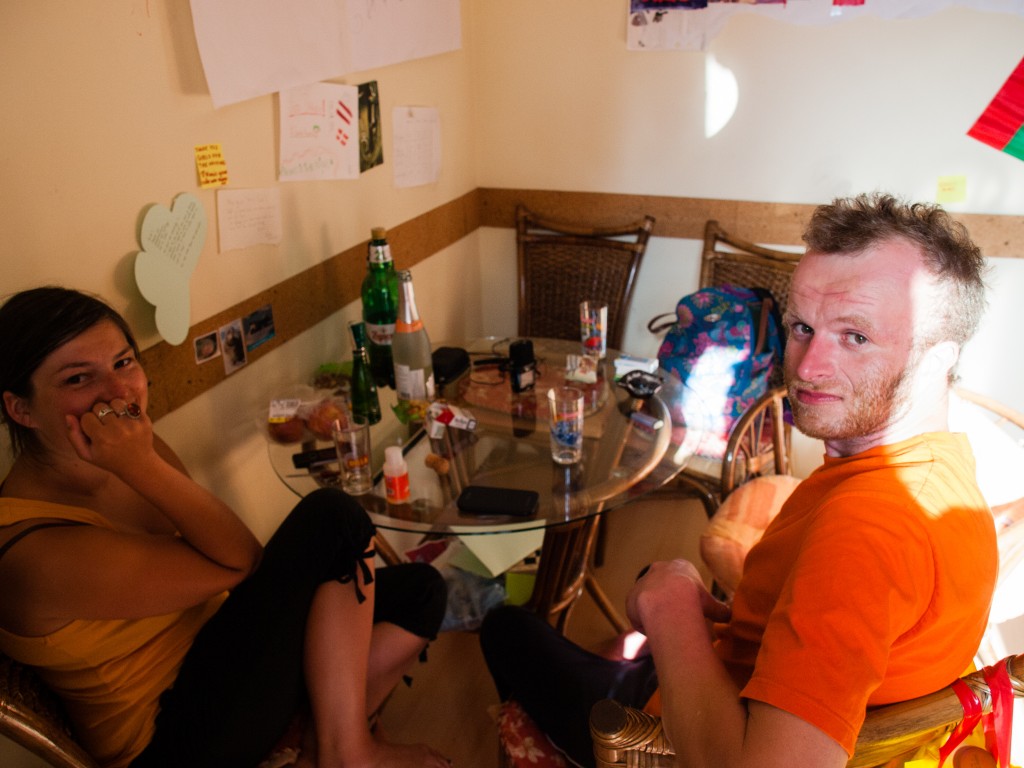
In June we had a couple of Zanda’s friends over here at Shar Planina 55 who hitchhiked all the way from Latvia to Sofia.
I decided it would be an excellent idea to do a small interview with them on the topic of hitchhiking.
Let it be an inspiration for you and for me – for us! – to stick the thumb out more often.

